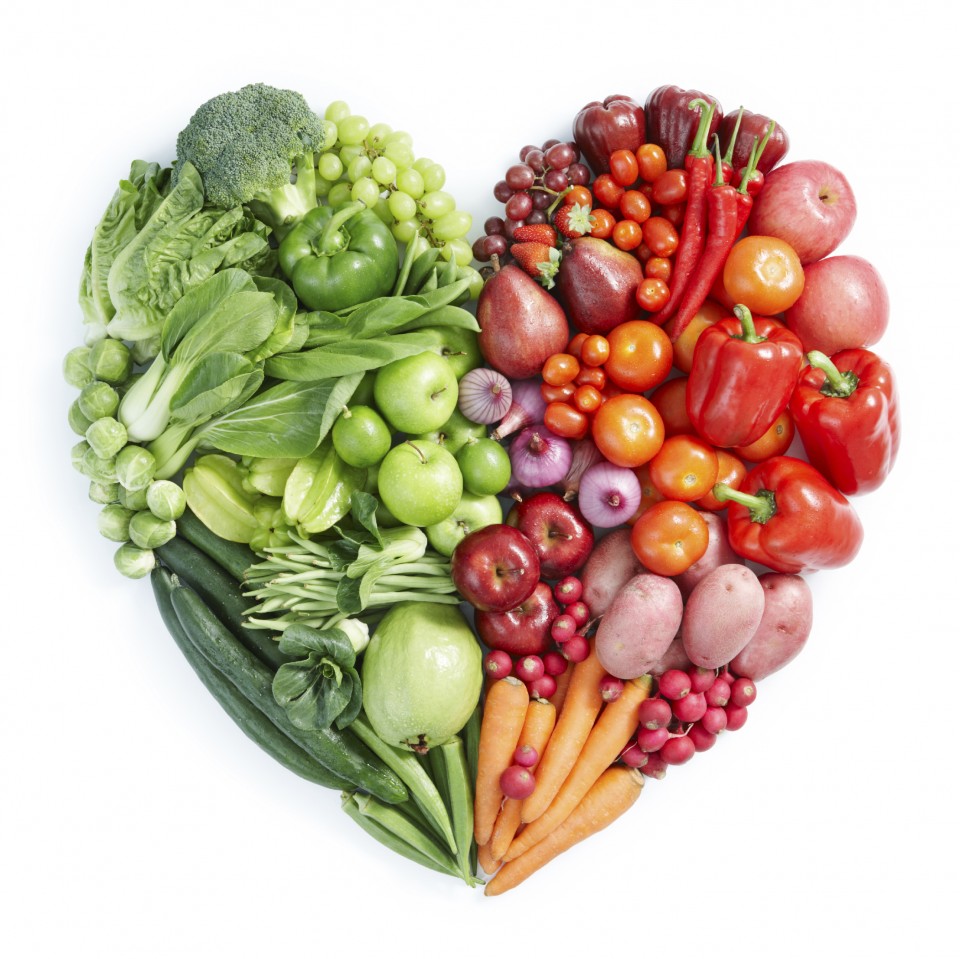In short, the answer is no. When it comes to genetically modified organisms (GMOs) making their way into your bag of chips or salad bowl, there is no requirement that you be alerted you are about to eat a GMO. If you are looking for transparency in product labels or certain and piece of mind in science, you will also find yourself empty handed.
Starting in the mid-1990s GM crops began being used for food. The idea behind creating GM crops is to alter genetic material within the organism to produce some desired trait. The desired traits the big agriculture and food companies like Monsanto insist they can produce is increased yield, pest and disease resistant, drought tolerance, etc. Since their introduction, GM crops have been politically controversial. Individuals are skeptical of the purported safety of the GMOs that’s urged by those with a financial interest. There have been a plethora of scientists working for the Big Agra and Food companies claiming that their research has proved the GM crops show a “substantial equivalence” to non-GM crops and there is no evidence of risks to human health. The chief retort by Big Food against its opponents has been that “the science is in” and those opposed are anti-science Luddites. On the other side, however, independent scientists have complained that no peer published research studies have been performed on the questions raised by using GMOs and that the only “evidence” that has been published has been selective information that benefits the Big Food companies’ claims.
 One reason for the suspicion, and lengths Big Food companies will go to defend their product is that a lot of money is at stake. The money made by the producers of the GMO is in part by the selling of patent protected GM seeds. When the seeds are sold to farmers they are only given the right to grow one season’s crop from the seeds. Any new seeds from the crop must be destroyed, else the farmer will be sued for infringing the patents. What this has done is locked the farmer into growing the GM crop year after year, as the seeds have the tendency to contaminate the fields requiring the farmer to buy the GM seed or else risk being sued. There have been cases of farmers adjacent to GM fields being sued for patent infringement, due to seeds from the neighboring farm migrating to their field unintentionally. The U.S. Supreme Court is due to hear one of these cases this year and will determine if simply allowing second generation seeds to grow is indeed patent infringement. Of course, Monsanto and other Big Food companies are vigorously urging that their patents remain enforceable. You can certainly can expect to hear much about this battle when arguments being in the spring of 2013.
One reason for the suspicion, and lengths Big Food companies will go to defend their product is that a lot of money is at stake. The money made by the producers of the GMO is in part by the selling of patent protected GM seeds. When the seeds are sold to farmers they are only given the right to grow one season’s crop from the seeds. Any new seeds from the crop must be destroyed, else the farmer will be sued for infringing the patents. What this has done is locked the farmer into growing the GM crop year after year, as the seeds have the tendency to contaminate the fields requiring the farmer to buy the GM seed or else risk being sued. There have been cases of farmers adjacent to GM fields being sued for patent infringement, due to seeds from the neighboring farm migrating to their field unintentionally. The U.S. Supreme Court is due to hear one of these cases this year and will determine if simply allowing second generation seeds to grow is indeed patent infringement. Of course, Monsanto and other Big Food companies are vigorously urging that their patents remain enforceable. You can certainly can expect to hear much about this battle when arguments being in the spring of 2013.
Another recent legal fight was over Proposition 37 in California that would have required all products containing GMOs to be labeled as such. There currently exists no national requirement for GMO foods to be labeled nor have states enacted any such requirements. Initially it seemed that Prop 37 would receive approval uncontroversially with polling that was over 60% approval, however Monsanto and other Big Food companies poured over 45 million dollars into California to defeat the proposition. Their claim was it would create the specter that GMOs were unsafe, not “substantially equivalent” to non-GMO, cause a “flood of litigation”, and raise the costs of food amongst a parade of other horribles. In November, Prop 37 received 47% approval, however the fight did raise the profile of the GM labeling issue nationwide. Despite the initial loss in November of Prop 37, there is a growing movement in the public that is demanding to know what is in their food led by individuals such as journalist Michael Pollin.
With its unknown effects on health and safety of humans, not to mention its unknown effect on the environment, how does one avoid GMOs? Although there is no requirement for labeling, many producers of non-GMO foods have taken the initiative to label themselves as non-GMO. Furthermore, there are a group of likely suspects. The more processed the food, containing corn, soy and canola products, the more likely the food contains GMO. There can be little doubt that avoiding the processed food containing high fructose corn syrup or hydrogenated soy bean or canola oil has health benefits unto itself. Additionally, products labeled 100% certified organic will be less likely to have GMOs in them. The best option, however, is to buy locally grown produce where you can directly ask the seller whether the food contains any GMOs. Finally and most importantly, if the issue of knowing what is in your food is important to you, you should take action to demand the right to know what products contain GMOs and for further transparency and certainty in the health effects of such products.












